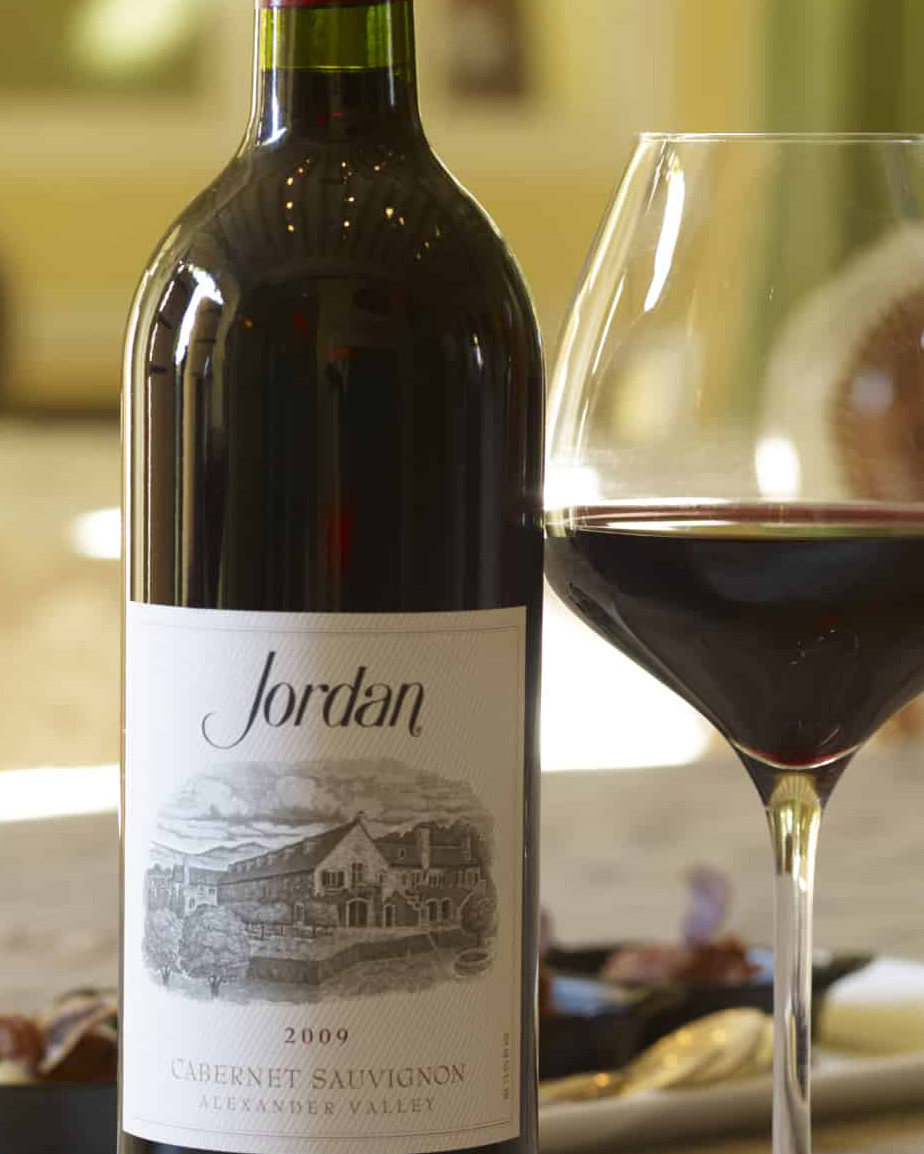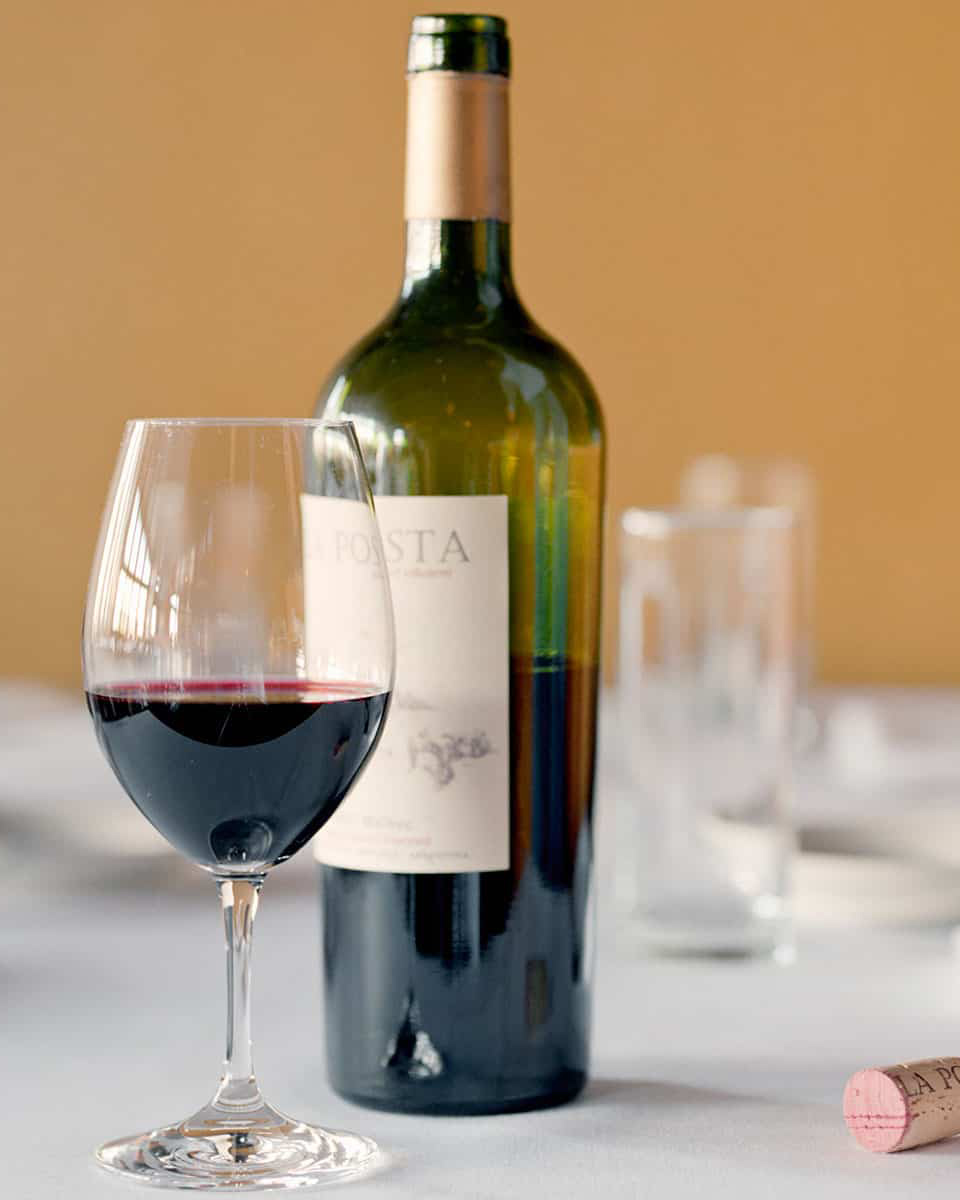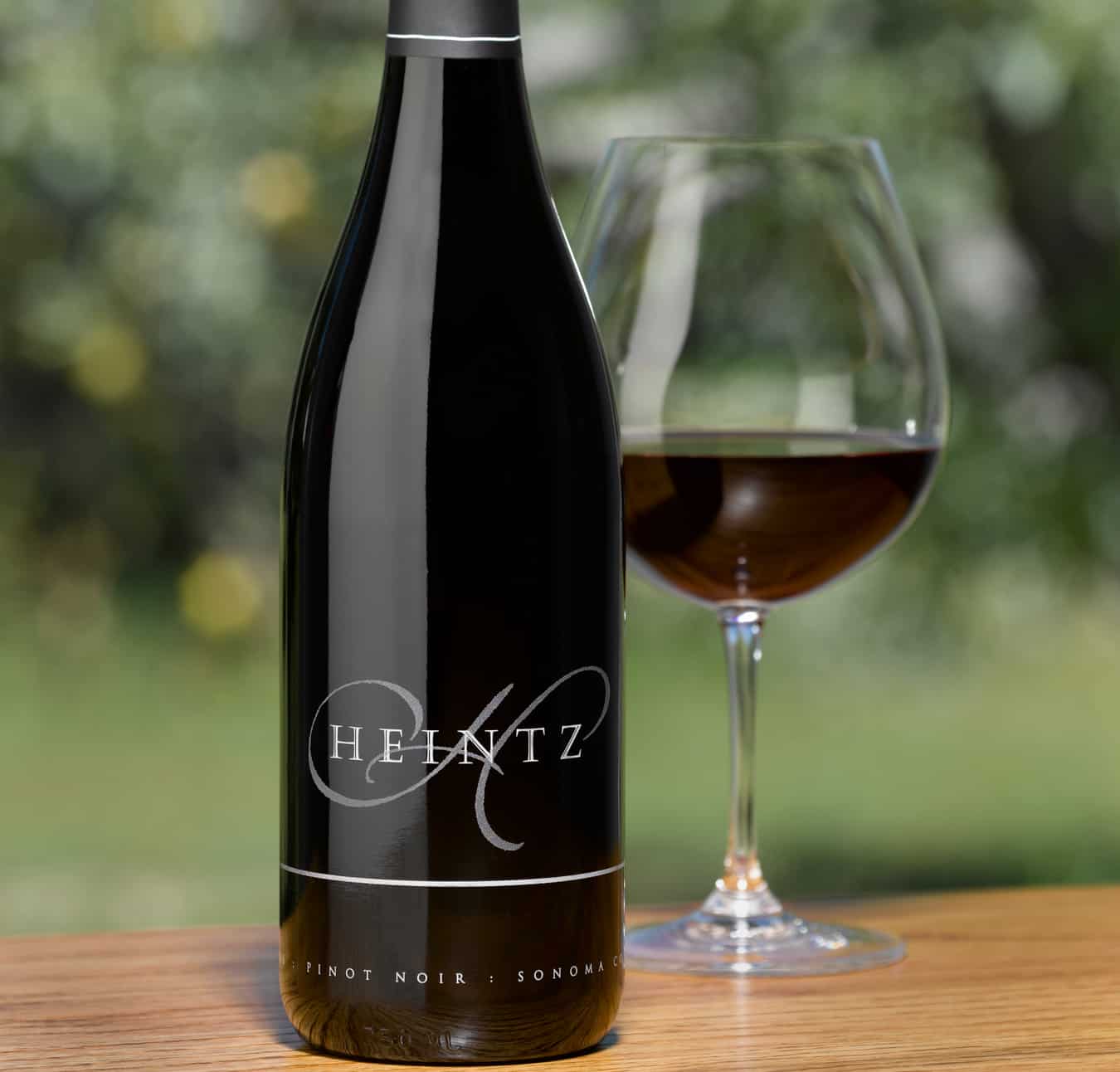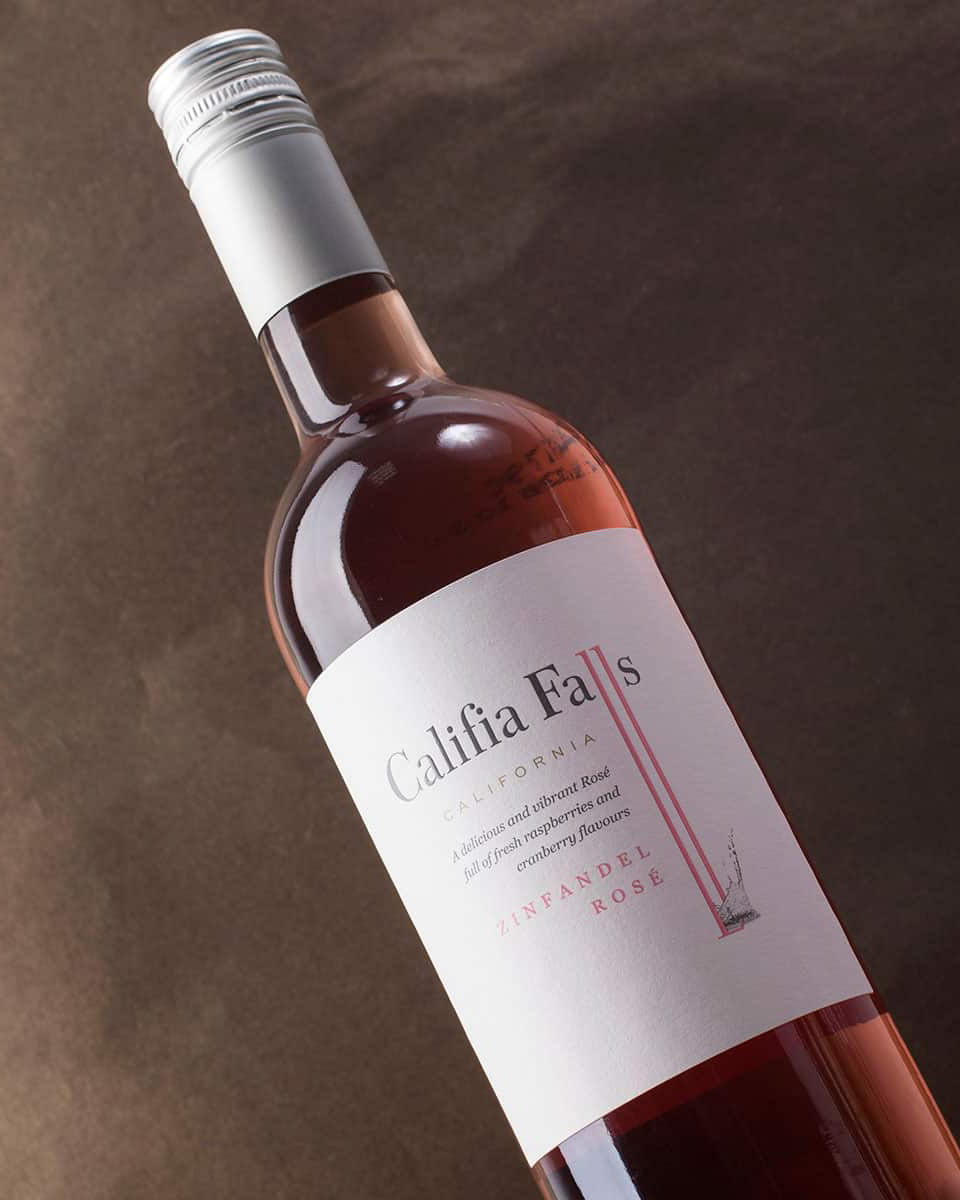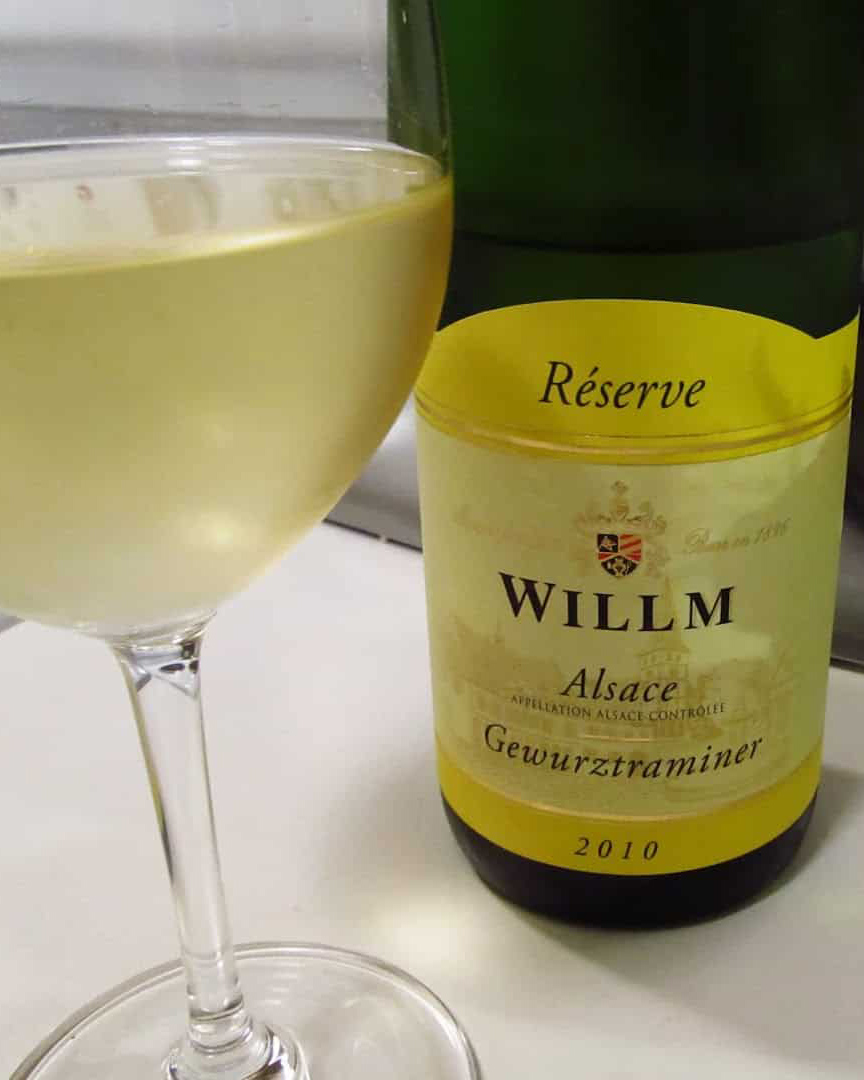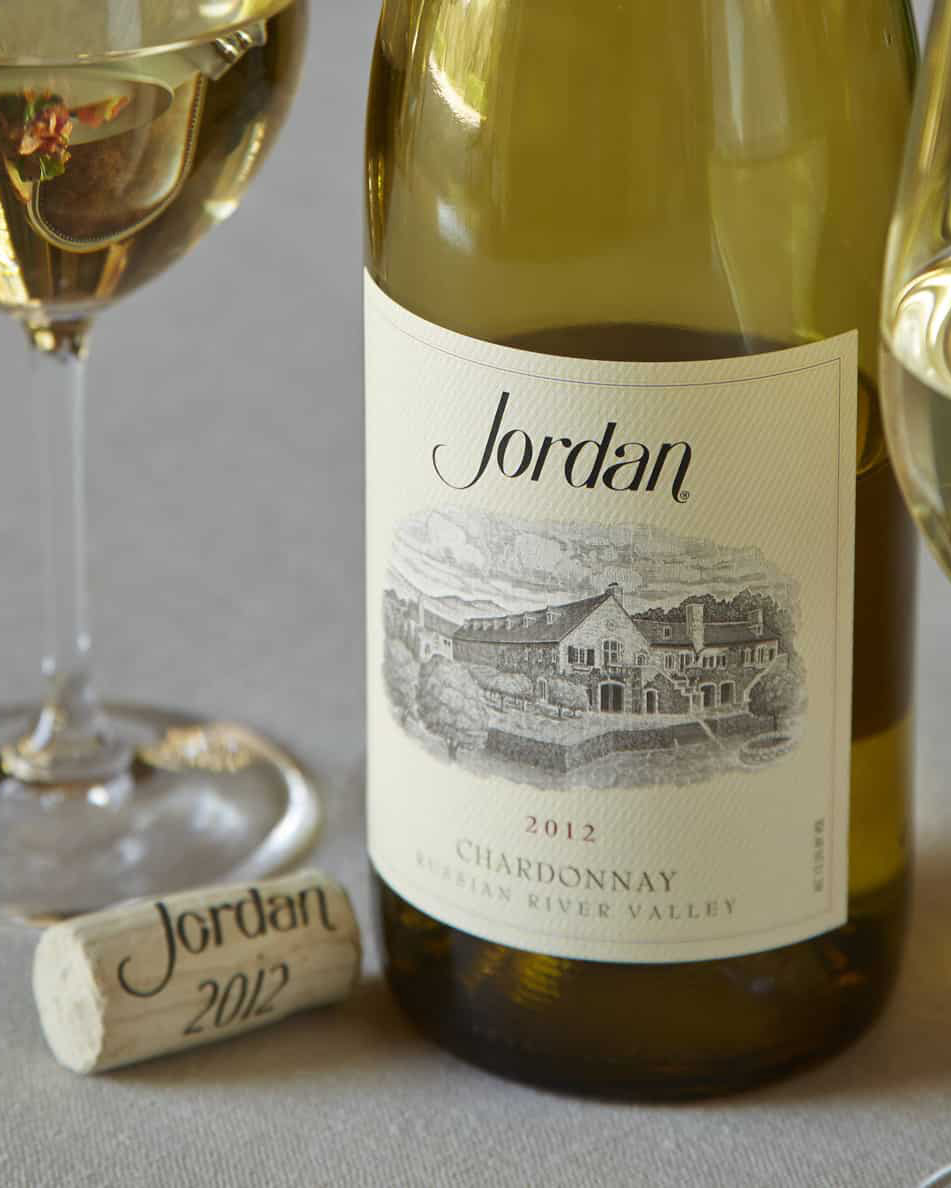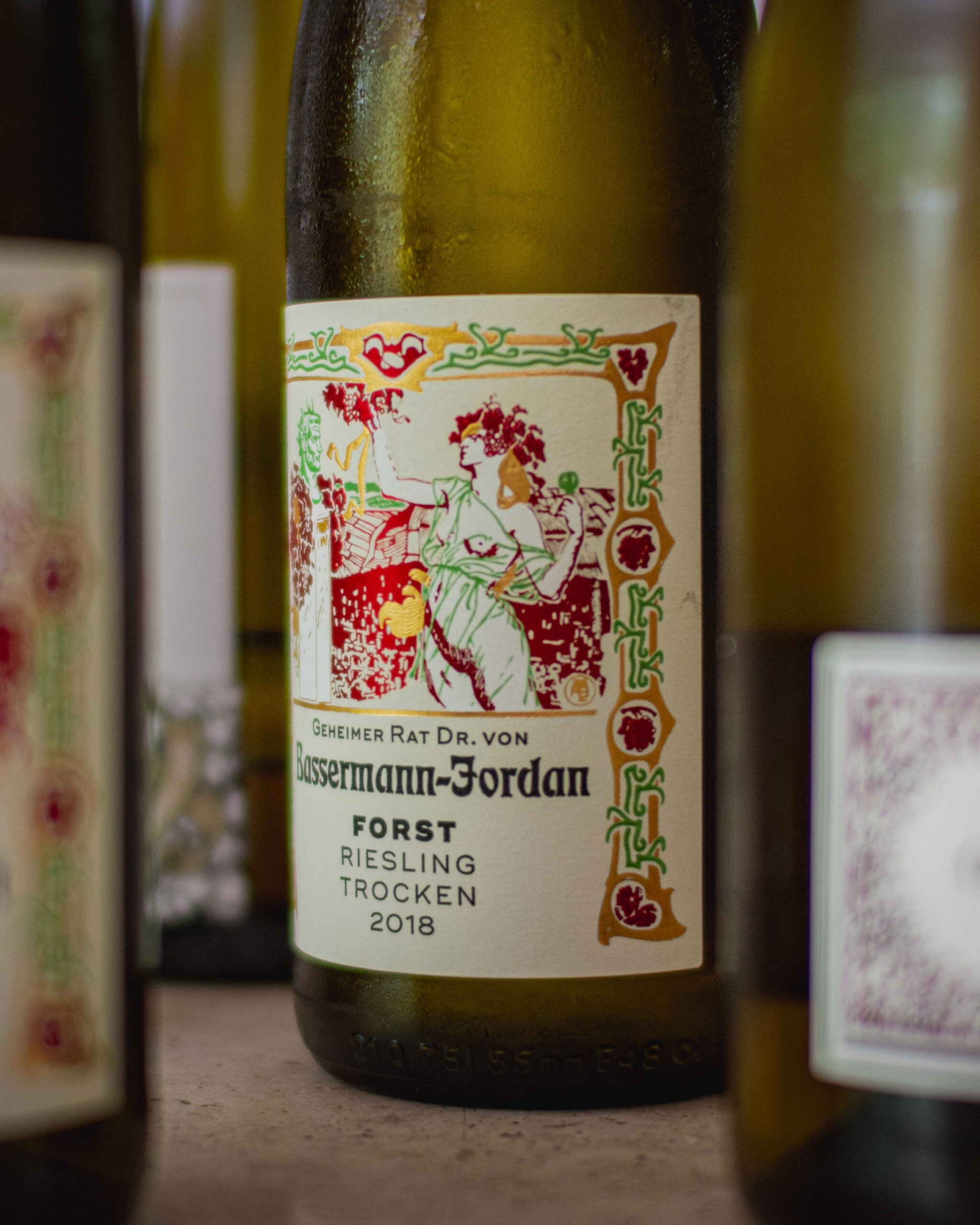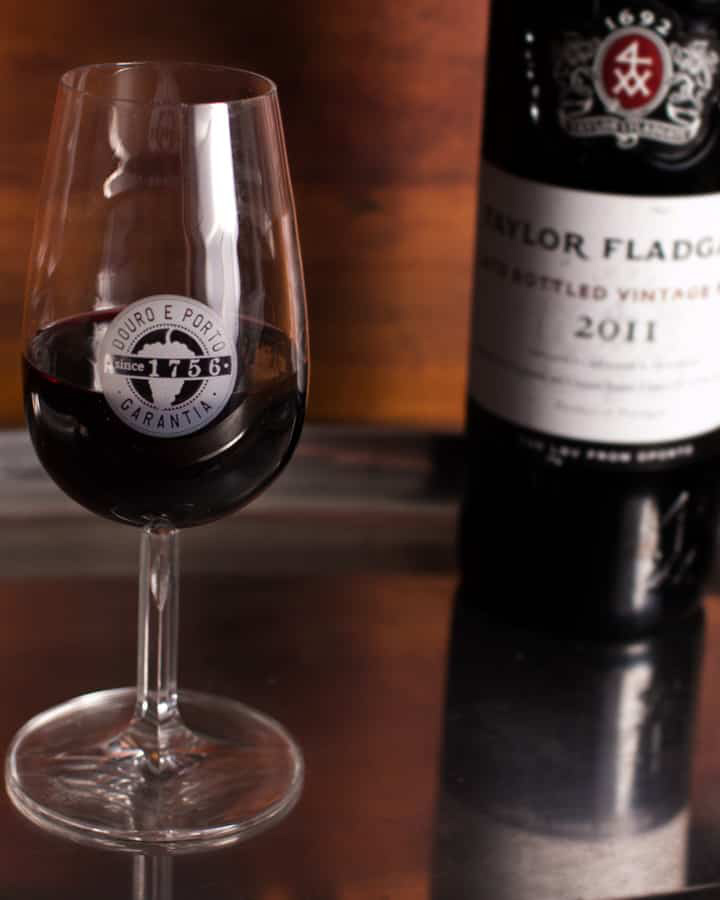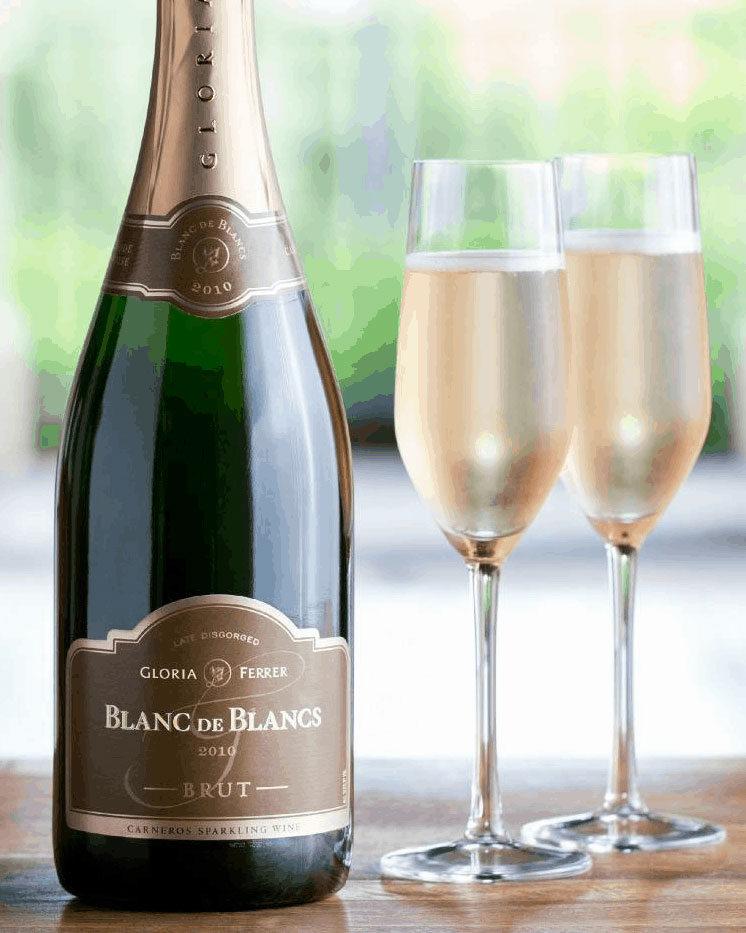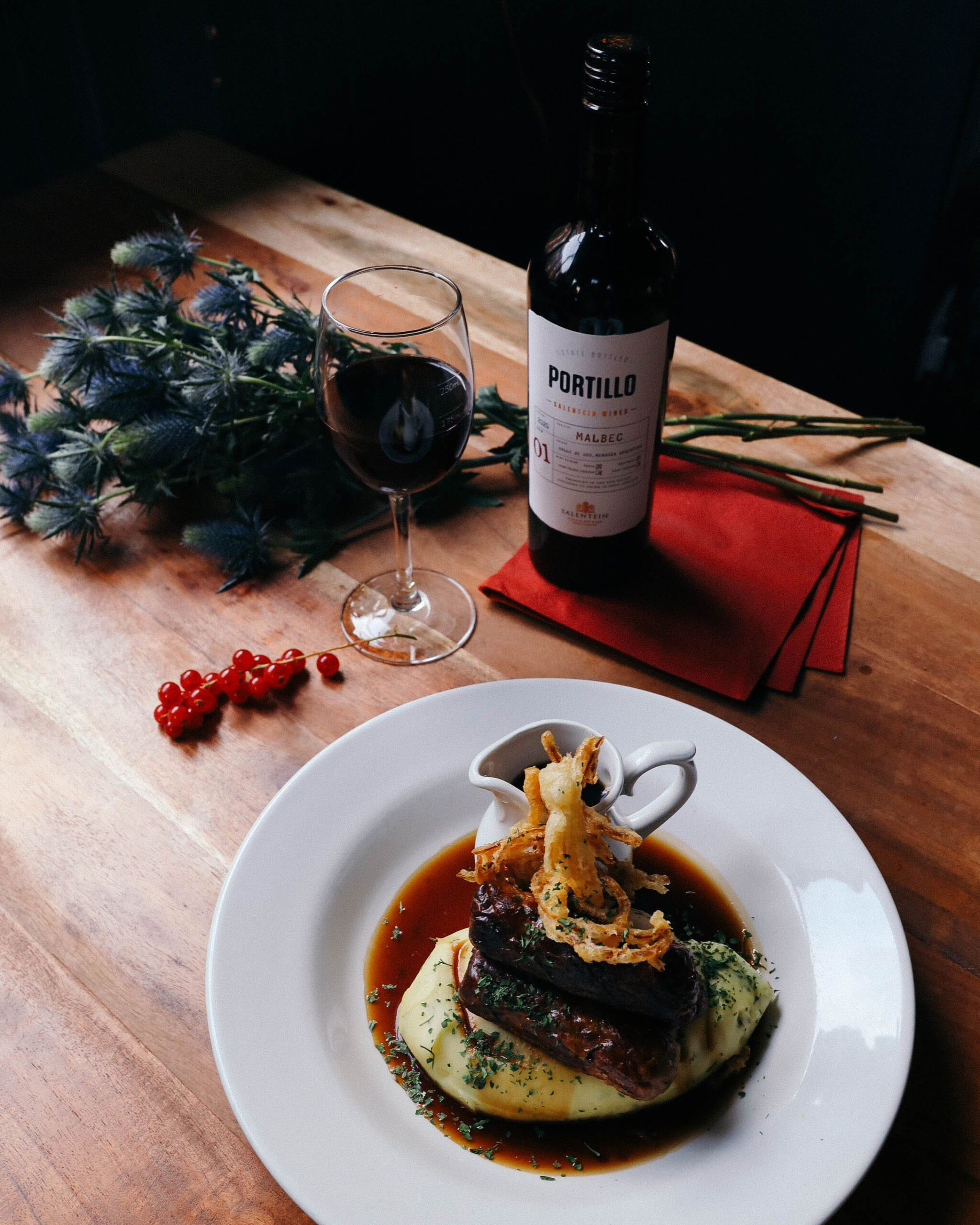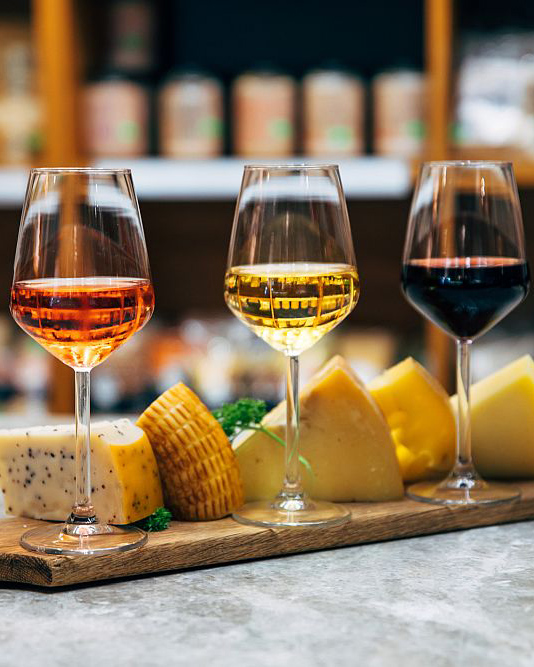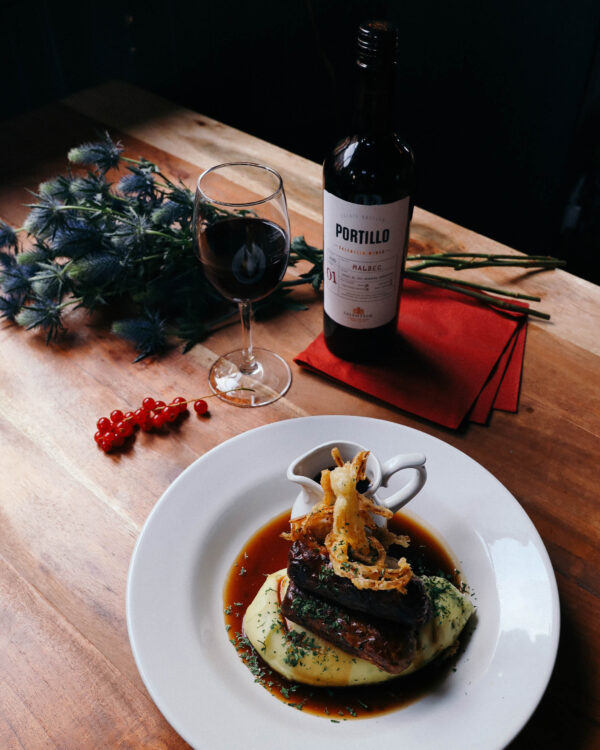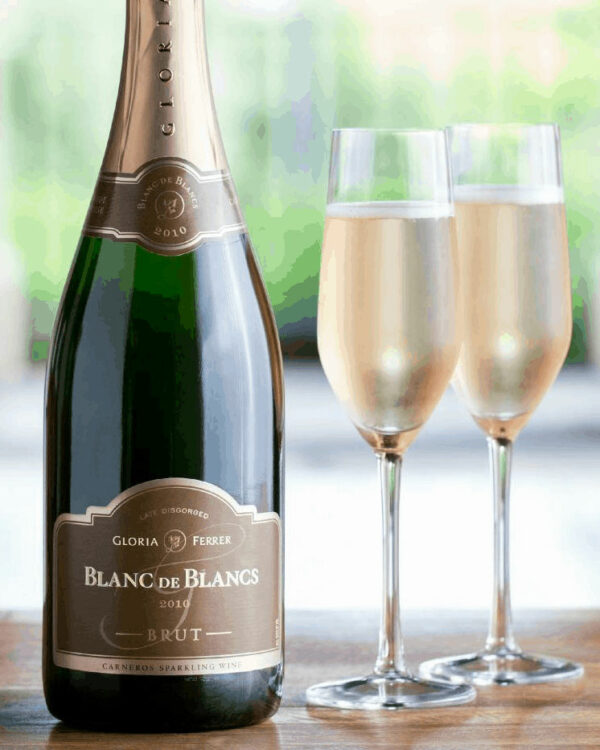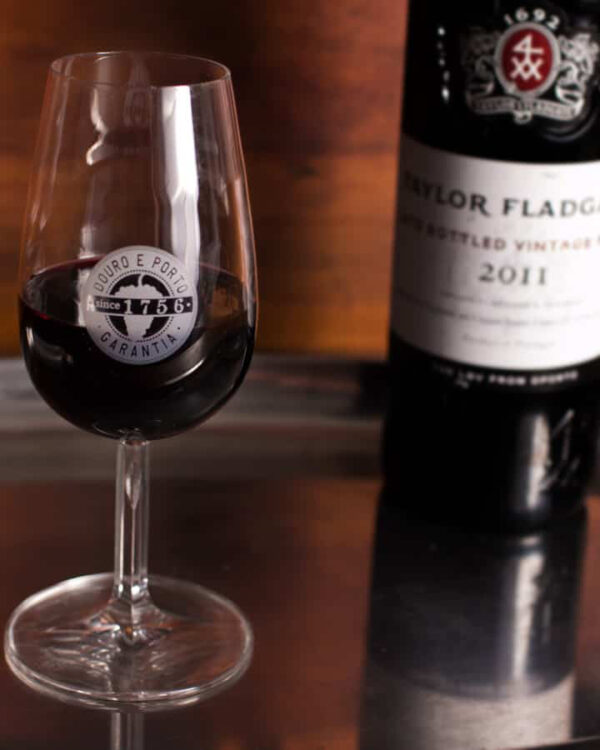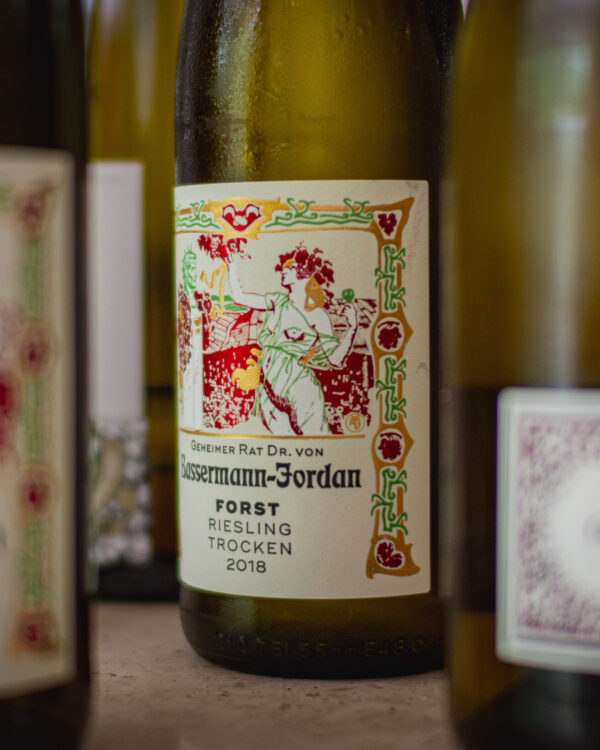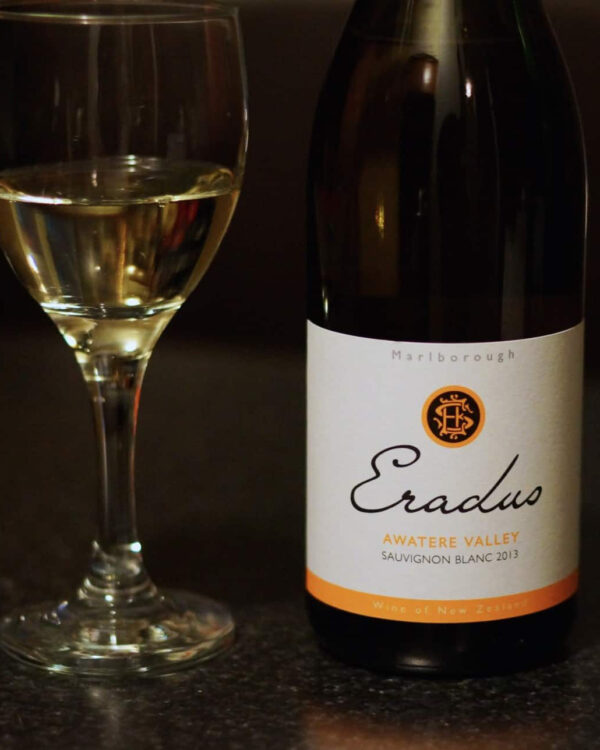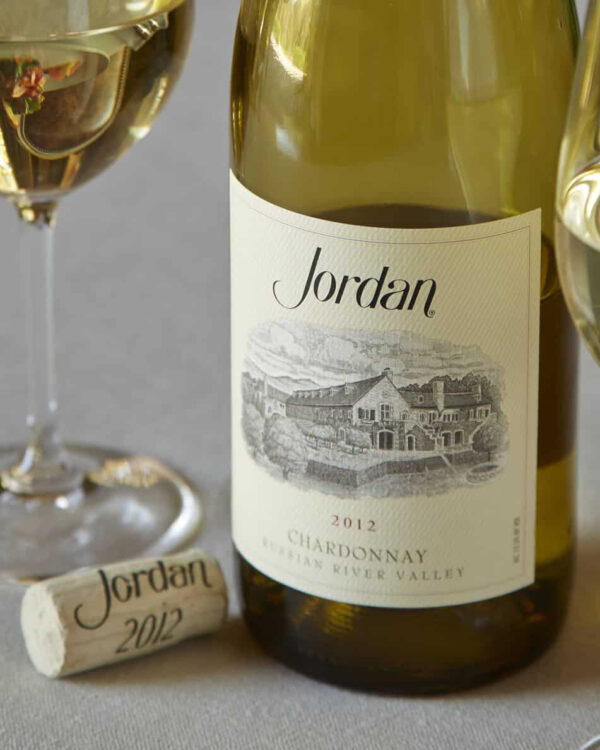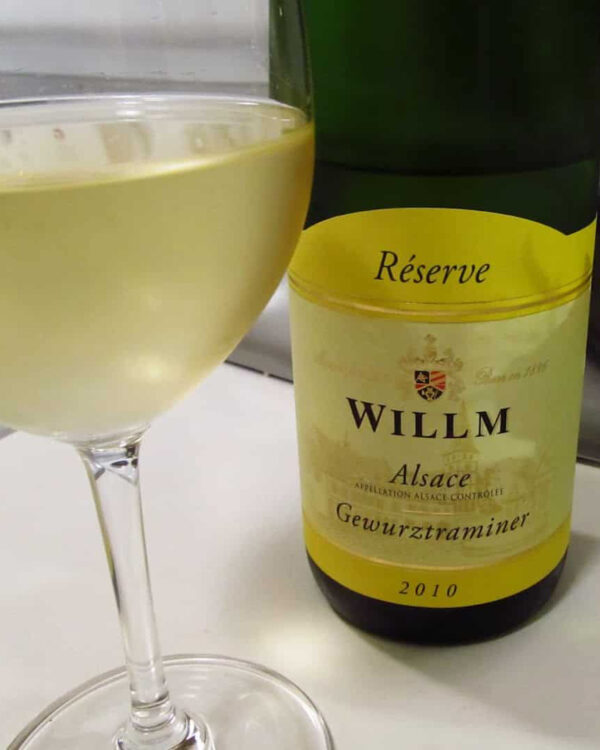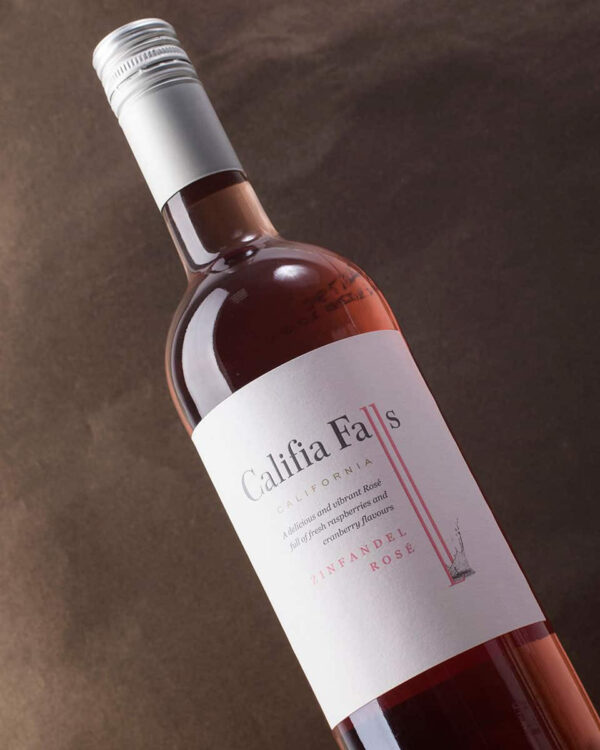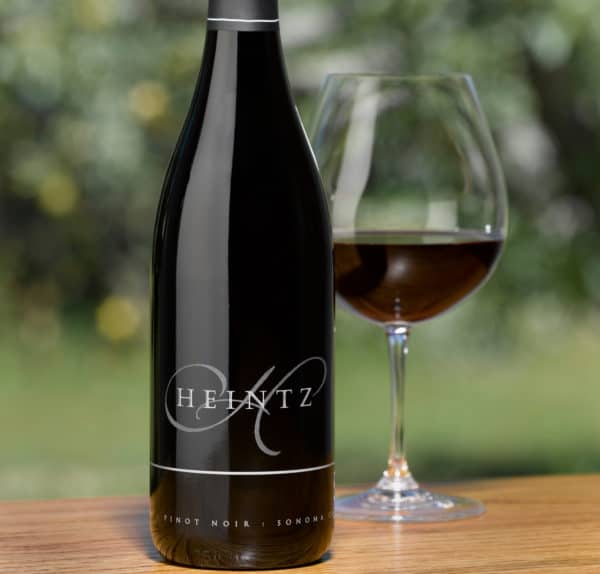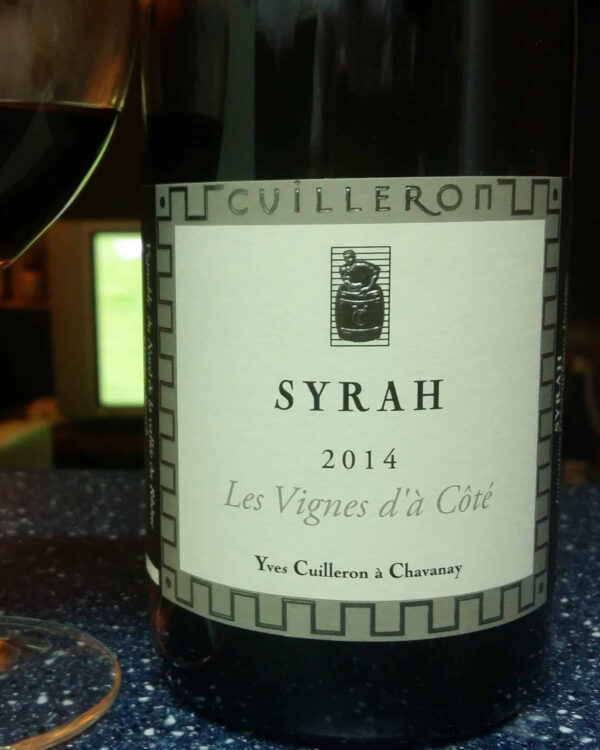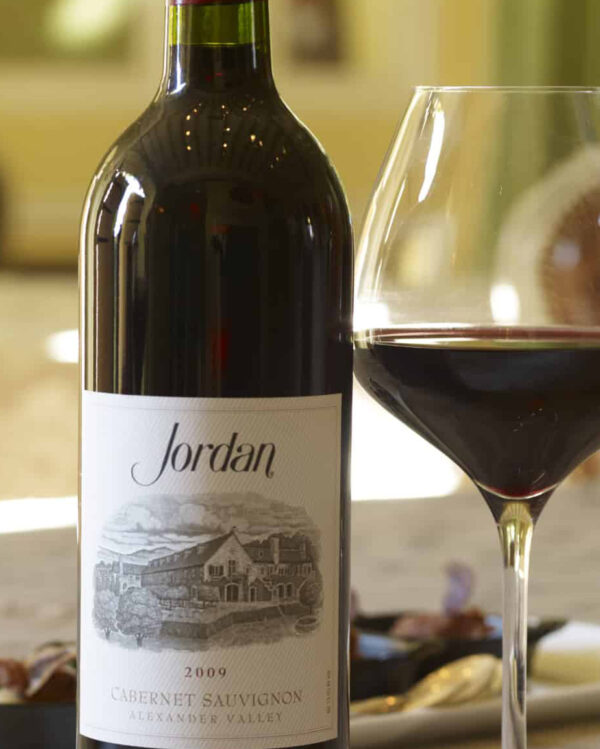To save you the trouble (and maybe a wine headache), we’ll go over the most popular types of wines, including some of the best labels and ideal food pairings for each. Sweet wine, sparkling wine, reds, whites, rosé—even the greatest wine drinkers may struggle to explain the subtle differences to those of us with an unseasoned palette. And for good reason. Good wine isn’t easy to produce. Even so, the wine world has spoiled us with a myriad of fruit flavors, aromas, and vintages. Whether you’re new to wine or planning a dinner, this guide will set you on the path of a budding wine connoisseur.
A Brief History of Wine
Wine is centuries old. According to researchers, the earliest known signs of winemaking date back to 5,980 BC. Like other alcoholic beverages, wine may have been accidentally discovered after stored grapes began to ferment. Over the millennia, the winemaking process has drastically changed. A glass of what our ancestors served likely bears no resemblance to the lovely bottle of red you crack open for your Christmas roast. Wine is now one of the most consumed beverages globally, with Americans drinking over 3.31 billion liters of wine (around 874 million gallons) in 2021 alone. Related Reading: Making the Perfect Charcuterie Board
Deciphering the Different Types of Wine
If you’re a casual wine drinker, choosing the ideal bottle is understandably tricky. There are dry wines, dessert wines, and even fortified wines like a bottle of sherry. Comprehending the differences is a bit like comparing a Pilsner to an IPA—damn near impossible if you’re not a serious beer drinker. Yet as with beer, we all have to start somewhere—which is why we’ll be focusing on the most popular bottles of wine. The goal is to start you down the right path so you can skillfully pair your food with fantastic but affordable wine labels. Please note that our list isn’t definitive. Instead, view it as an introduction to the fascinating world of wine.
The 12 Most Popular Types of Wine
Below, we’ll explore several different types of wines and the grapes they’re derived from. We’ll also suggest some vintages and food pairings for each category.
1. Champagne
Sparkling wine first appeared on the menu in the early 16th century. It’s since become one of the most popular types of wine, the most famous and well-respected being Champagne. Once associated with only royalty and the social elite, Champagne is most often reserved for special occasions. Many sparkling wines flirt with the Champagne name, but only a select few are genuine. As the name suggests, true Champagne is either made in or derived from the grapes grown in the Champagne region of France. The grapes traditionally need to be either Pinot noir, Pinot Meunier, or Chardonnay. However, some winemakers have broken from the norm and successfully used other grape varieties to produce Champagne. Contrary to popular belief, there isn’t just one “style” of Champagne. As a result, each type pairs differently with food. For example, a nice bottle of Brut (dry) goes well with a steak dinner. Meanwhile, if you have a bottle of Extra Brut (very dry), you should pair it with a lobster dish.
Best Champagne
If you’re looking for top-quality Champagne, then look no further than Moët & Chandon. Many of their bottles are reasonably priced if you’re on a budget, whereas others in their selection are within the triple-digit range. Prices fluctuate so be sure to check with retailers before purchasing. Meanwhile, if you’re interested in their vintage bottles, expect to part with a good few thousand dollars (such as the Moet & Chandon Dom Perignon Charles & Diana 1961.) This pales in comparison to the most expensive bottle of champagne in the world: The 2013 Taste of Diamonds. This bottle sold at auction for a whopping $2.07 million. It’s worth noting that in addition to its unique blend, the bottle is embellished with a white gold label and a massive 19-carat diamond.
2. Sherry
When is a wine not a wine? When it’s a sherry. Whereas most wines will have an ABV (alcohol by volume) measure of between 11 to 14%, sherry is a type of fortified wine. Therefore, it boasts a higher ABV, averaging between 15 to 22%. Sherry is predominantly made from Palomino grapes grown in and around Jerez de la Frontera in Andalusia, Spain. As with Champagne, there isn’t a singular blend of sherry but seven different styles—and within that, various producers, each with their own unique subtleties and flavor nuances. Sherry is cask-aged, and unlike regular wine, goes through a fascinating aging process called Solera. Solera involves slowly moving the sherry through a series of barrels, typically between three and nine barrels. Interestingly, the sherry is not transferred in bulk. Rather, anywhere between 5 to 30% is moved from one barrel to the next, leaving only small a portion to be bottled and sold. As for food pairings, there’s an old adage you can follow: In other words, Fino sherry for fish and seafood, Amontillado sherry for poultry, and Oloroso sherry for other types of meat, such as pork, beef, and lamb.
Best Sherry
When looking for a great sherry to serve, consider investing in a bottle of Apóstoles from Gonzalez Byass. There are other outstanding sherry wines at a range of prices, but if you’re curious about the most extravagant, check out Massandra. Massandra’s Sherry de la Frontera 1775 is the most expensive sherry in the world. Being over two hundred years old, it is also one of the oldest bottles of wine. Therefore, it’s no surprise that a single bottle sold for over $43,500 in 2001.
3. Port
Port is another type of fortified wine. It’s traditionally a red dessert wine, but you can find dry, semi-dry, and even white ports. Similar to Champagne or sherry, many countries offer a port “style” of wine, but only a bottle from Portugal can truly call itself port wine. If you prefer more traditional winemaking, there are seven different types of true port. Each one is made with a particular combination of Portuguese grapes. As there are around 52 varieties, there’s no end to the different kinds of port blends, though only three areas in the Duoro River Valley produce authentic port. Among these, arguably the most desirable grape is the Touriga Nacional. As a dessert wine, port has a rather strong yet sweet taste and is often paired with desserts, savory snacks, or cheeses. For example, a good ruby port is best served with a crumbly blue cheese or possibly a decadent chocolate cake. However, if you prefer a paler, tawny port, then look to serve it with nutty desserts like pecan pie. Related Reading: Types of Cheese Explained
Best Port Wine
If you’d like to serve port at your next Christmas bash, check out Dow’s 2016 Vintage Port Wine. It’s a traditional red that pairs well with chocolates and caramels. You may even try port-styled wines from outside Portugal, but we recommend authentic port for your first tasting. To add, Dow offers shockingly reasonable prices compared to the most expensive port wine. Purchased at auction, a decanter of Niepoort in Lalique 1863 port wine sold for a staggering $134,269 in 2019.
4. Riesling
Tracing back to the 15th century, Riesling wine takes its name from the Riesling grape. The grape originates in the Rhine region of Germany and is known for its sweet and aromatic presence. Compared to some grapes, Riesling grapes are rather unique. They’re known to have very different flavors depending on where they’re grown. This makes tasting authentic Riesling quite an experience for genuine wine enthusiasts. If their taste buds are refined enough, they can pinpoint the exact region where the wine was grown. In total, there are five different types of wine made from the Riesling grape:
Kabinett (bone dry to off-dry)Spätlese (sweet)Auslese (sweeter)Beerenauslese (very sweet)Trockenbeerenauslese (sweetest)
Most Riesling wines are bottled and drunk when the grapes are young, which means the traditional aging process is skipped. As a result, these wines have a very sweet, sugary taste. They are also somewhat acidic. Meanwhile, older Riesling wines are known for their heavy petroleum-esque aromas. This smell signals quality to connoisseurs but is understandably off-putting to casual wine drinkers. Thus, you must pair Riesling wine according to its age. Fish, salty goods, and earthy flavors work well for Riesling in general.
Best Riesling Wine
Although grown worldwide, the best Riesling wines are those with Germanic roots. Grab a bottle of Georg Albrecht Schneider Niersteiner Paterberg Riesling Kabinett 2017 and serve it up with either shellfish or pork chops. Perhaps even a classic German wiener schnitzel. You won’t regret it! If you have expensive tastes, you could also treat yourself to a bottle of the most expensive Riesling wine. A Graf von Schönborn-Schloss Schönborn Erbacher Marcobrunn Riesling Trockenbeerenauslese (yes, the label is that long) sells for several thousand dollars.
5. Sauvignon Blanc
Sauvignon blanc is a white-skinned grape from the Bordeau region of France. It’s widely cultivated, being the eighth-most commonly grown grape in the world. Sauvignon traditionally produces dry white wine, but it can also be found in sweeter variants. The flavor of the wine is influenced by several factors, including where it’s grown and how it’s prepared. The resulting flavor profile ranges from grassy to sweet to citrusy. Two major factors influence the final flavor of a sauvignon:
Must-Skin Contact – Must is essentially grape juice produced when the fruit is crushed. Vineyards will keep the crushed grape skins mixed in with the must for varying periods. Prolonged exposure of the skin results in a more intense, aromatic wine. Fermentation Temperature – Traditional French-produced Sauvignon is fermented at a warm temperature, typically around 16 to 18 degrees celsius. Other parts of the world prefer cooler fermentation as this brings out the citrusy tones of the fruit.
Lastly, as for food pairings, any good sauvignon will complement shellfish, fish, and even sushi.
Best Sauvignon Blanc
Thanks to its consistent popularity, there is no shortage of Sauvignon blanc wines to choose from. Bottles range from inexpensive to wallet-stretching. For example, a nice bottle of Alphonse Mellot Edmond Sancerre is ideal for those on a budget whereas Pavillon Blanc du Château Margaux offers a hefty price tag. As always, check prices with retailers. Meanwhile, the title of the most expensive variant goes to the American-grown Screaming Eagle Sauvignon Blanc. A bottle of this will set you back several thousand (at minimum.)
6. Chardonnay
Chardonnay is another white wine that first saw life in France. It’s a common grape with a relatively neutral base flavor that’s heavily influenced by regional conditions. As a result, chardonnay is an “easy” wine to make and is often seen as an entry-level crop for up-and-coming winemakers. Chardonnay grapes are the fifth most commonly cultivated grape and the second most commonly grown white grape in the world. Depending on where the grapes originate, a good chardonnay wine can have a range of flavors, from the slightly acidic traditional French chardonnay to the fruity flavors found in the Australian vineyards. Grapes grown in very hot regions, such as Calfornia, have largely tropical flavors. Due to the crop’s versatility, chardonnay was very popular in the 80s. However, it’s since waned. This has less to do with the quality of the wine and more an opinion of traditionalists as the grape gained traction outside of native soil. A good chardonnay pairs well with fish and white meat dishes, as just most white wines do. You might try poached salmon or sage-grilled chicken breast for your next bottle of chardonnay.
Best Chardonnay
If you’re looking to push the boat out a little further, you won’t go wrong with a bottle of Mail Road Mt. Carmel Vineyard Chardonnay 2015. Otherwise, we’d recommend a Flowers Sonoma Coast Chardonnay 2018. Both are affordable for the average joe. Although chardonnay may be commonly found on supermarket shelves, there are a few extra special bottles out there—namely the “Judgment of Paris,” a 1973 Chateau Montelena Chardonnay. One of the few remaining bottles sold at auction for a remarkable $11,325 in 2010.
7. Gewürztraminer
When discussing wine, not many people will be familiar with the Gewurztraminer (also called the “Gewürz”.) Nevertheless, this Geman-Italian wine can be traced back to the 16th century as a mutation of the French Savagnin grape. A white wine, Gewurztraminer is cultivated around the world, though it’s difficult to grow. It needs dry, warm summers yet cannot thrive in chalky soil. Furthermore, it is susceptible to both disease and frost. The grape also ripens late in the year. If picked too soon, the grapes are too acidic, but if picked too late, they’re not acidic enough. A Gewurztraminer wine is a solid, middle-of-the-road wine that most people will find palatable. Medium-bodied and heavily influenced by the soil in which it is grown, it’s a great wine to serve with spicy Indian or Asian cuisine. The fruity tones also make it a fantastic companion for a fruit salad.
Best Gewurztraminer Wine
Despite not being the most recognizable name, there are several excellent Gewurztraminer wines on the market. Your next dinner party will be a hit with a Mure 2017 Clos Saint Landelin Vendanges Tardives Grand Cru Gewurztraminer. You may also consider the 2005 Domaine Marcel Deiss Gewurztraminer Selection de Grains Nobles. Both are fairly inexpensive compared to the ultra-rare Sine Qua Non Gewürztraminer 1999, which costs around $24,000 per bottle!
8. Zinfandel
The Zinfandel grape originated in Croatia but is now commonly grown across Californian vineyards. While traditionally a red wine, the rosé “white” zinfandel often outsells its red counterpart in the United States. Much like chardonnay, the rosé Zinfandel is looked down upon by die-hard wine traditionalists. It’s considered an entry-level wine, both in terms of consumption and cultivation. It’s wickedly sweet but low in alcohol and calories. (Thus, its popularity.) Meanwhile, a true red Zinfandel is a rich, bold red wine, with a high ABV of around 14 to 17%. It pairs excellently with barbequed red meat or a nice spicy curry. If you prefer the “white,” then go for pasta dishes with cream sauces or lighter meats, such as chicken or pork.
Best Zinfandel Wine
There are plenty of options for Zinfandel wine. And the best part? None of them really break the bank. Wines such as a Turley’s Old Vine Zinfandel 2018 or an East Bench Vineyard Zinfandel 2017 will be a fantastic addition to your pantry. Even the more expensive Zinfandel wines are fairly affordable, with some bottles of Martinelli Jackass Hill Zinfandel sporting a flexible three-digit price tag. Check with retailers for the best deals.
9. Pinot Noir
Pinot noir is a French red wine grape grown in vineyards around the globe. Despite being the 10th most commonly cultivated grape, Pinot noir isn’t easy to grow. The crop is notoriously fussy, but when it does thrive, the grape has a beautiful, heady aroma and intense berry fruit flavors. The grapes also have particularly thin skin. This impacts the final color of the wine, which is usually on the paler side. The resulting wine is wonderfully medium-bodied, adding to the grape’s universal appeal. It’s also very easy to pair with dishes. If on the lighter side, the wine can be served with fatty fish, such as salmon. Meanwhile, older vintages from true Burgandy-based vineyards provide the powerful and robust flavors to accompany any game meat dish or beef stew. Looking for something to go with your table wine? Try one of these 30 types of bread.
Best Pinot Noir Wines
If you don’t already have a Pinot noir wine in your kitchen, you might start with a Domaine Au Pied du Mont Chauve 2015 Pitangerets Premier Cru. It’s a well-balanced, well-liked red. You may also consider a bottle from the Luminous Hills Estate Astra for your next dinner party. They don’t have a large selection, but they make up for it with affordable, high-quality wine. Meanwhile, the honor of the priciest Pinot noir wine goes to a bottle of 1945 Domaine de la Romanée-Conti Romanée-Conti. It sold for $558,000 to a private collector in 2018.
10. Merlot
Merlot is another classic French red wine that’s popular across the globe. It’s also the second most commonly cultivated wine grape in the world. As is often the case, there are two ways to produce merlot wine: the traditional “French” way or the way of the “New World.” Both can create an excellent bottle of wine, just with very different flavor profiles. That said, Merlot is difficult to grow. This has resulted in a lot of sub-par labels on both sides of the ocean. The grape itself is a blue-skinned fruit that grows in loose bunches. It has thinner skin than many other red wines and, as a result, has a lower tannin content. It produces a predominantly fruity wine that can be found in three main varieties, each one bold in taste yet true to its fruity roots. Final flavors are influenced by the origins of the grapes. Merlot is also a fantastic wine to serve with meat. You might go with roast chicken, grilled venison, or possibly even a nice thick ribeye steak alongside your merlot.
Best Merlot Wines
If you’re looking to get a merlot for a particularly memorable occasion, look no further than a bottle of Peter Franus Napa Valley Merlot 2016. It’s fairly easy to acquire and offers excellent taste at a reasonable price point, especially when compared to a 2018 Petrus Pomerol. One bottle of this vintage auctions for thousands of dollars.
11. Syrah/Shiraz
A crossbreed between two relatively unknown wine grapes, Syrah is a unique red wine. Grown globally, the wine’s body varies according to the grapes’ origins. Syrah grapes grown on French soil and in more moderate climates yield a medium body wine. In contrast, the Australian Syrah wine tends to have a fuller, heavier body with dark fruit flavors and notes of spice. Note that Syrah wine is often labeled “Shiraz” on bottles from Australian and South African vineyards. This is just a linguistic difference and should be considered the same type of wine. When you plump for a bottle of genuine, full-bodied Syrah or Shiraz, you’re getting one of the most robust red wines in the world. You will be treated to flavors from blueberry to black olive, offering unique tastes that many wine drinkers opt for time and time again. If you have a good bottle of Syrah on hand, you can’t go wrong with barbeque ribs, braised beef, or roast leg of lamb. In the winter, a Syrah wine will go nicely with a hearty beef stew.
Best Syrah Wines
Due to its flavor, Syrah isn’t a casual wine. If you’d like to celebrate in style but don’t enjoy white wine, a bottle of Yangarra Ironhear Shiraz from the Australian McLaren Vale vineyard is a great choice. As for the best of the best, a single bottle of Penfolds 51 Bin 1 Grange went for $103,000 during a 2020 auction.
12. Cabernet Sauvignon
Last but not least: the Cabernet Sauvignon. As one of the most popular wines in the world, this French red is a staple in the wine world. Traditionally, the Cabernet Sauvignon is full-bodied and flavorsome with a high tannin count and a decent level of acidity. When grown in moderate climates, a good bottle of Sauvignon has fruity notes of blackberry and cherry. Its Australian counterparts, meanwhile, offer a slightly more “jammy” flavor with undertones of eucalyptus. Although it was believed that the Cabernet Sauvignon grape dated back to ancient times, genetic research concluded that the red grape resulted from a chance propagation in the 17th century between two older grapes: the Cabernet Franc and the Sauvignon blanc. Given its full-bodied nature, Cabernet Sauvignon is a great wine to serve with a good steak or a gourmet burger. Cheese, as always, goes wonderfully with Cabernet Sauvignon. You may alternatively try portobello mushrooms.
Best Cabernet Sauvignon
If you’re feeling extra fancy, you could opt for a bottle of Ehlers Estate J. Leducq 2018 or a Trefethen Cabernet Sauvignon 2017. Both are somewhat pricy but affordable for cabernets. We recommend saving your selection for special occasions. If you’re curious about pricier examples, a bottle of Screaming Eagle Cabernet Sauvignon 1992 famously sold for $500,000 during a 2000 auction.
Final Thoughts on the Different Types of Wine
If you haven’t found something on this list that appeals to your tastes, don’t despair! There are hundreds of different flavors, bodies, and aromas to enjoy. With a little time, you’ll be sure to find the right vintage for you. Whether you’re a wine connoisseur or a newcomer, we’d love to hear from you. Drop your recommendations, favorite food combos, or go-to vintages in the comments below!
